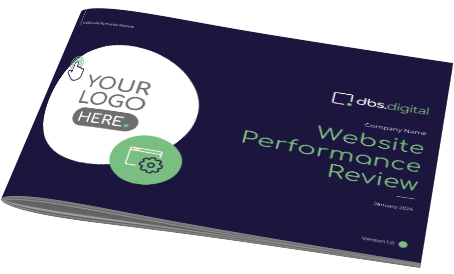eCommerce Giant Takes a Bold Step.
The clock is ticking for Magento 1, the eCommerce platform of choice for many small and midsize businesses (SMBs), as developers have announced it’s the end of the road for the platform that forms the backbone of many eCommerce retailers.
Originally, Magento 1 was an open source platform designed with SMBs in mind. More than a decade later, the classic orange and white logo is a familiar sight. The brand is recognisable to anybody in the industry. It truly has made its mark.
Over the years, functionality has grown with the times, aesthetics has remained up-to-date, and as the platform begins its decline and the developers phase support out, it leaves behind a legacy-a legacy that only one platform can live up to. Yes, you guessed it, it’s Magento 2.
Magento 2 is not just a clever name, it really is the second coming of the platform that supports some of the largest eCommerce sites out there. Before you wonder what all the fuss is about, here’s a little history.
Magento sold a minority stake of its shares to eBay in 2010, who then, the following year bought the rest of the firm.
The Magento debut community gave mixed reviews in early 2014. At a time when many of Magento 1’s issues were being ironed out, Magento 2 came with its own set of teething problems, such as being cumbersome to install, slow product speed and the requirement for complete training across most of the platform even for seasoned users.
Many of us may have thought the product had been shelved. Magento 1 was working well. News of the giant’s baby brother quietened. Until in 2015, Magento was sold to private investors and behind the scenes Magento 2 was revived, repackaged and relaunched.
Running side-by-side with its older brother, Magento 2 has been developing its own fan set, but with the announcement of support being canned for Magento 1, now is the time for Magento 1 users to start planning transition.
With many bugs and fixes being ironed out by Magento’s Head of Product Management, Paul Boisvert, new features have already been added. The revised feature set includes, elastic search, content staging and in-site transactions, which means that customers are never redirected to a payment gateway, improving security and user experience.
While the sun might be setting on a platform that has silently been running some the internet’s eCommerce giants, it rises on what is to be the next era in the world of online retail.









